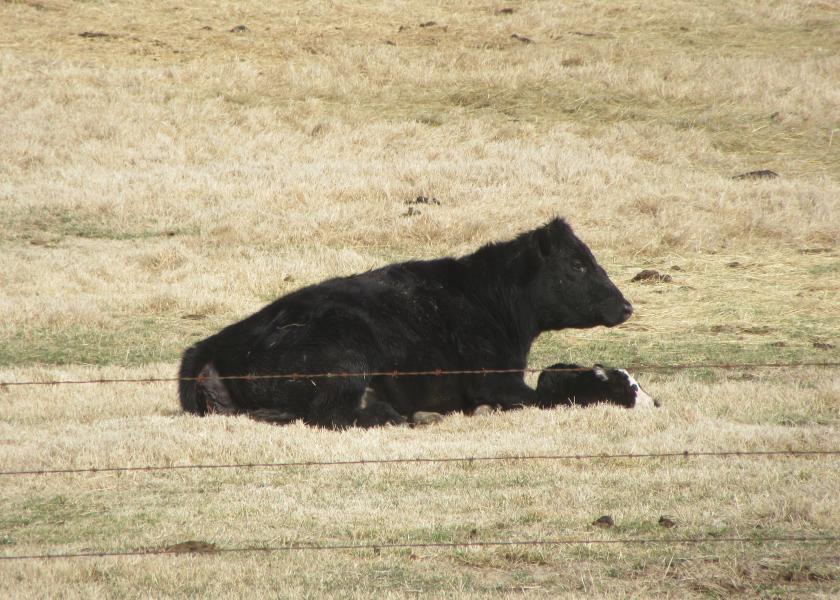Glenn Selk: Reducing The Risk Of A Calf Scours Outbreak

(Adapted from “Neonatal Calf Diarrhea Complex” by John Kirkpatrick, DVM)
The ongoing human health issue (COVID-19) serves as a reminder to cattle ranchers about the importance of sound, common sense biosecurity measures that can aid in reducing the risk of a disease outbreak in the new 2020 calf crop.
Neonatal calf diarrhea (commonly called “calf scours”) is one of the most costly disease entities in the beef cattle business. Fall-calving herds have the help of the hot, late summer/early fall sunshine to reduce the buildup and spread of the pathogens that cause calf diarrhea. However, in the spring, wetter, colder weather and muddier pastures often create environments that are favorable for calf diarrhea pathogens. Whether you have spring or fall-calving cows (or both) there are some key management procedures that will reduce the likelihood of a scours outbreak in your calves. These procedures are meant to decrease the pathogen exposure to the newborn calf.
- Calve in clean and dry areas.
- Calve heifers earlier than the cow herd.
- Avoid congregating and creating muddy, pathogen infested areas in calving pastures
- If possible, avoid loose hay feeding in calving pastures.
- If hay is fed, use bale rings or hay feeders and move feeders frequently.
- Move pairs to larger pastures promptly. Larger herds may want to study and employ the Sandhills Calving System.
- Use biosecurity and biocontainment measures for all herd additions:
- Isolate, quarantine, and perform appropriate tests on all herd additions.
- Introduce pregnant herd additions at least 30 days prior to the start of calving season. This will allow time for exposure to new pathogens, antibody development and secretion of antibodies into the colostrum.
- Do not add calves to the herd until the youngest calf in the herd is over 30 days of age. Buying a calf at a livestock auction or from a dairy for a cow that has lost a calf can introduce diseases that your herd may not have immunity against.
- Isolation and treatment:
- Remove sick calves from the herd immediately. One sick calf can produce overwhelming pathogen exposure by shedding as many as 100 million bacteria or viruses per milliliter of feces (500 million bacteria and or viruses per teaspoon of feces).
- Visit with your local large animal veterinarian to determine best treatment options for the pathogens affecting your calves.
- Treating the sick calves should occur after handling the well calves. Clean and disinfect all equipment. Clothing, boots, gloves, etc. worn while treating sick calves should not be worn when handling well calves.
The concepts of quarantine of new arrivals, isolation and treatment of infected individuals, and cleanliness are important on the ranch as well as in human health.
Related Stories:
Glenn Selk: Helping The Newborn Calf Breathe







